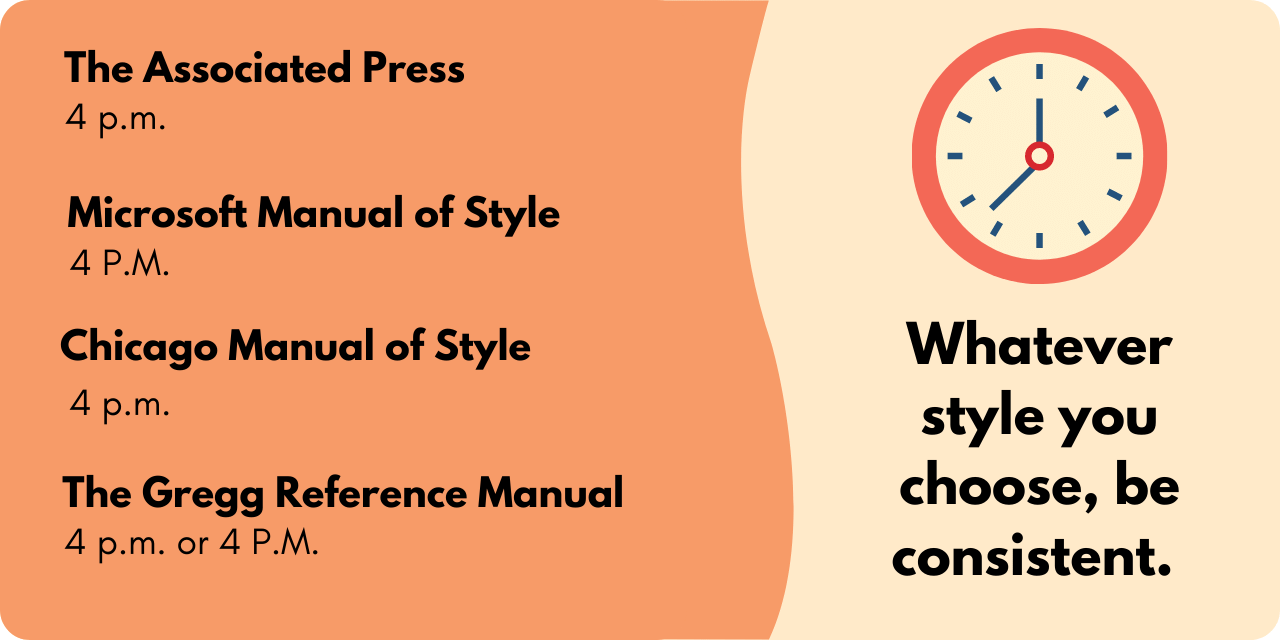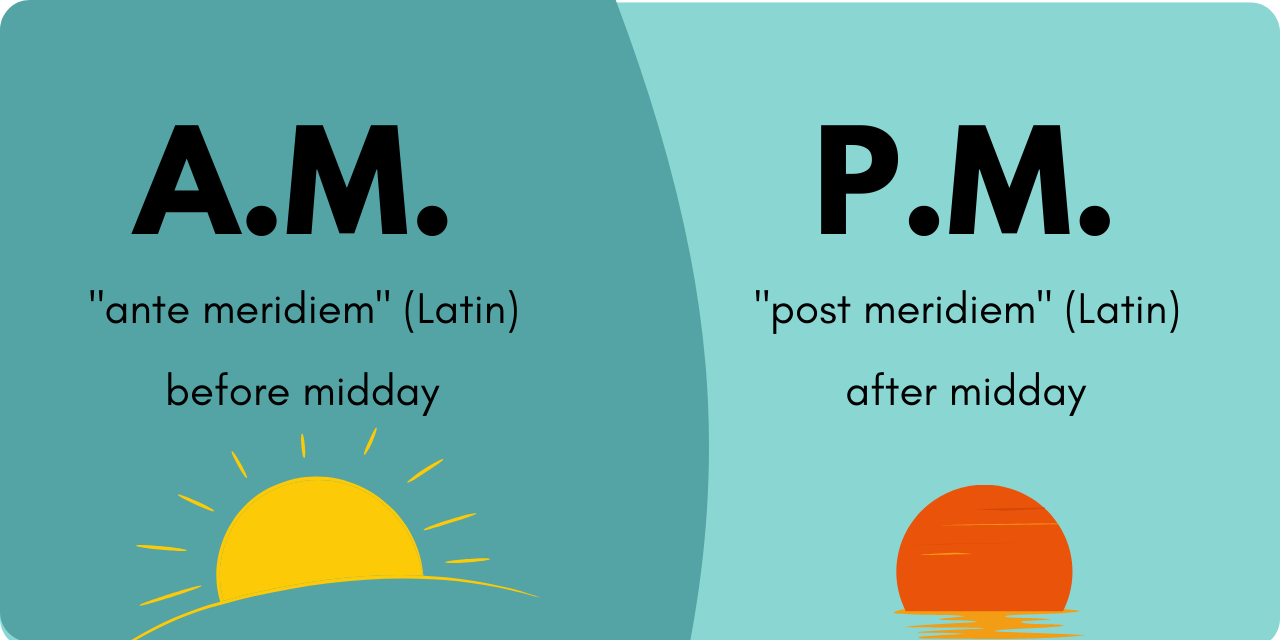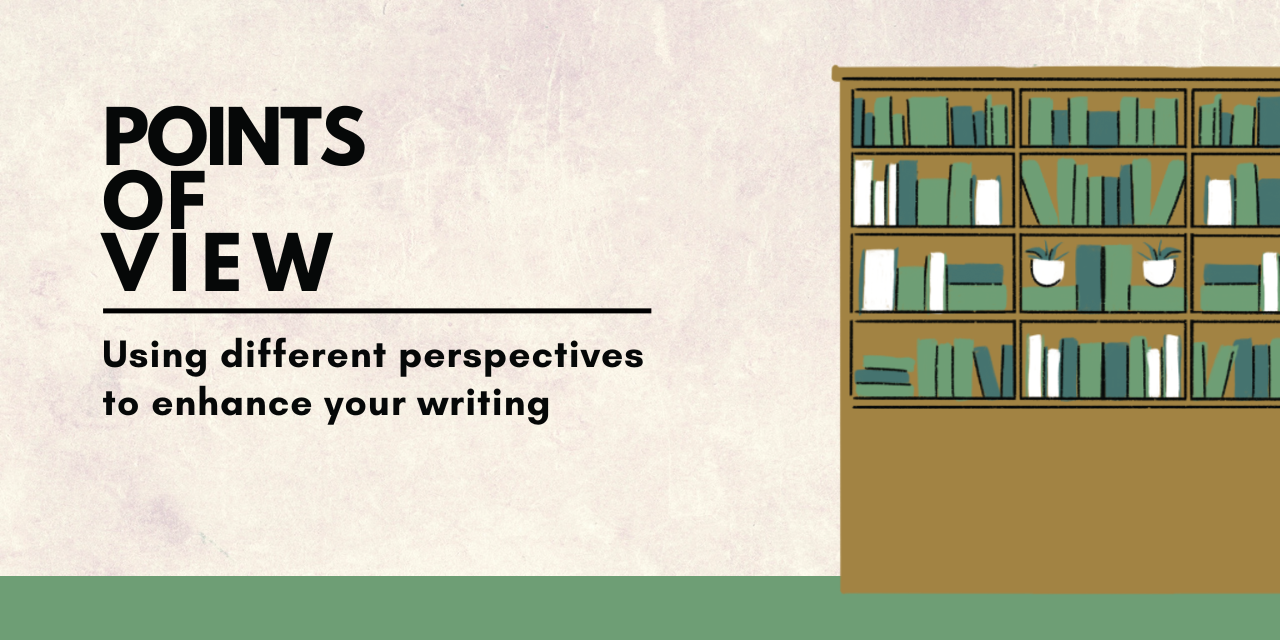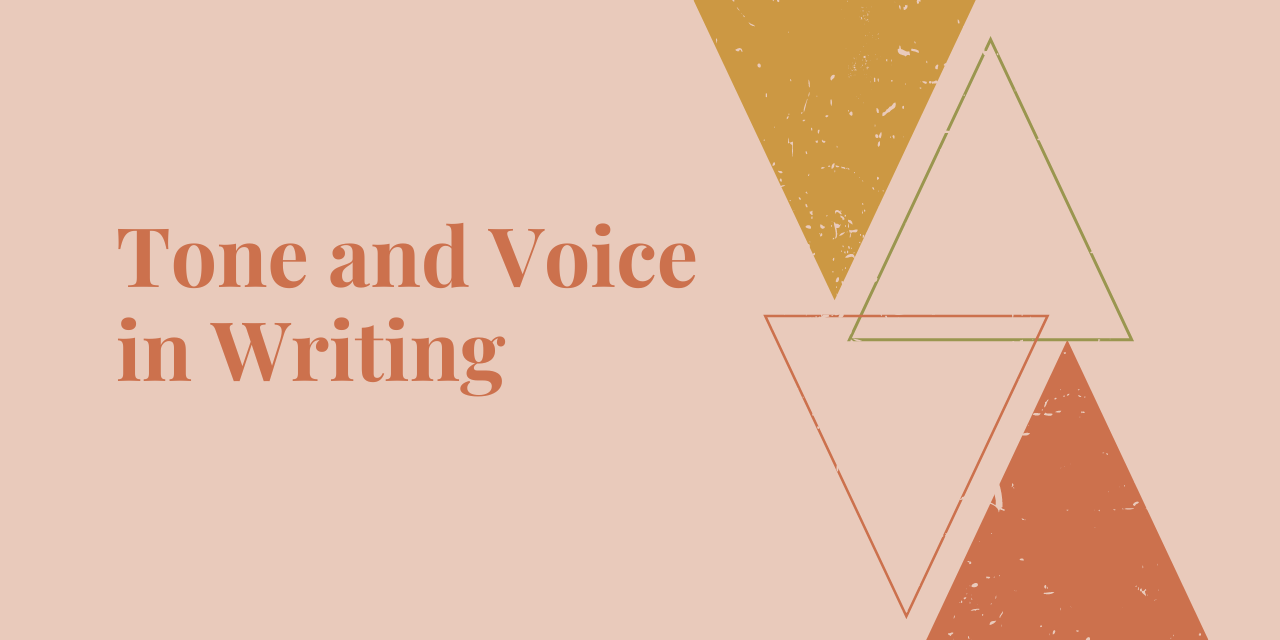Let’s discuss the proper way to write time, whether standard, military time or the 24-hour clock. To start, let’s discuss standard 12-hour clock that uses a.m. and p.m. Two commonly seen formats are 4pm and 4:00pm. Which is correct? The answer is: neither!
Both renderings are incorrect. You need to insert periods and a space before the abbreviation, like this:
4 p.m. or 4:00 p.m.

In email, many people seem to be dropping both the periods and the space, but don’t follow the crowd. The prominent style guides do not support that choice. Here is a sampling of recommendations:
The Associated Press Stylebook:
4 p.m.
Microsoft Manual of Style:
4 P.M. (However, Microsoft prefers 24-hour time notations, in which 4 P.M. is 16:00.)
The Chicago Manual of Style
4 p.m. (recommended)
Also 4 PM or 4 P.M.(with PM in small capitals)
Garner’s Modern English Usage:
4 p.m. or 4 PM (with PM in small capitals)
The Gregg Reference Manual:
4 p.m. or 4 P.M. (with PM in small capitals)
Whatever style you choose, be consistent. The author’s preference is to always use lowercase letters: 4 p.m.
Omit zeros when the time is on the hour (unless you want to emphasize the time precisely), but include them in a list of varying times like this one:
- 7:00 a.m. Registration
- 7:30 a.m. Breakfast
- 8:00 a.m. Announcements
- 8:15 a.m. Speaker
To make sure you are never doubtful about how to write time, date or any other formatting question, we recommend investing in a style manual.
What do a.m. and p.m. stand for?
While we are on the topic, what do these abbreviations stand for?
Well, a.m. stands for the Latin “ante meridiem” (before midday), while p.m. stands for “post-meridiem” (after midday). Both refer to the sun’s positions in relation to the meridian.
What is Military Time? How Does it Work?
Now let’s discuss how to write military time. Military time is a variation of the 24-hour clock and is a way to talk about time using 24 hours instead of 12 hours. When using the 24-hour clock time, the day begins at 0 hours and ends in 24 hours.
24-hour clock is widely used across the globe, except in a few countries (notably the United States), which include:
- Canada
- Mexico
- the Philippines
- Egypt
- Australia
In the United States, and the countries listed above, we use a 12-hour clock, which splits into two blocks of time:
- First block: midnight (12:00 a.m.) to noon (12:00 p.m.)
- Second block: noon (12:00 p.m.) to midnight (12:00 a.m.)
24-hour clock time is displayed in four digits, just like a 12-hour digital clock. The first two digits represent the hour, while the last two digits represent the minutes.
00:00 is pronounced “zero-hundred” and represents midnight, while 1200 is pronounced “twelve-hundred” and represents noon.
Anything between 00:01 and 11:59 is “a.m.”
Anything between 12:01 and 23:59 is “p.m.”
- For example, 0200 (pronounced” zero, two-hundred”) converts into 2 a.m., while 1600 (pronounced “sixteen-hundred”) converts into 4 p.m.
Military time vs. 24-hour clock
There is a slight difference between military time and the 24-hour clock: Military time does not use a separator between the hour (the first two digits) and the minutes (the last two digits).
- Military: 2200
- 24-hour clock: 22:00
Military time pronounces the leading zeros (e.g., 0300 is pronounced “zero three hundred.”)
In military time, the word “thousands” is not used. 1000 can not be pronounced “one thousand.” Instead, it is pronounced one of the following ways:
- “Ten hundred”
- “Ten zero zero”
- “One zero zero”
Who uses the 24-hour clock format?
In the United States, the 24-hour clock is used in various specialist areas, such as:
- Astronomy
- Aviation
- Computing
- Emergency services
- Logistics
- Meteorology
- Navigation
- Tourism
Military time to regular time chart
Military Time- Standard Time
- 0100 – 1:00 AM
- 0200 – 2:00 AM
- 0300 – 3:00 AM
- 0400 – 4:00 AM
- 0500 – 5:00 AM
- 0600 – 6:00 AM
- 0700 – 7:00 AM
- 0800 – 8:00 AM
- 0900 – 9:00 AM
- 1000 – 10:00 AM
- 1100 – 11:00 AM
- 1200 – 12:00 PM || NOON
- 1300 – 1:00 PM
- 1400 – 2:00 PM
- 1500 – 3:00 PM
- 1600 – 4:00 PM
- 1700 – 5:00 PM
- 1800 – 6:00 PM
- 1900 – 7:00 PM
- 2000 – 8:00 PM
- 2100 – 9:00 PM
- 2200 – 10:00 PM
- 2300 – 11:00 PM
- 2400 or 0000 – 12:00 AM || MIDNIGHT
Further reading: Commas in Dates: Writing a Date Correctly, It’s About Time: Clock Time






